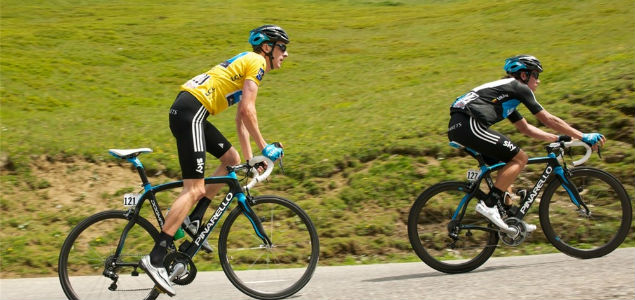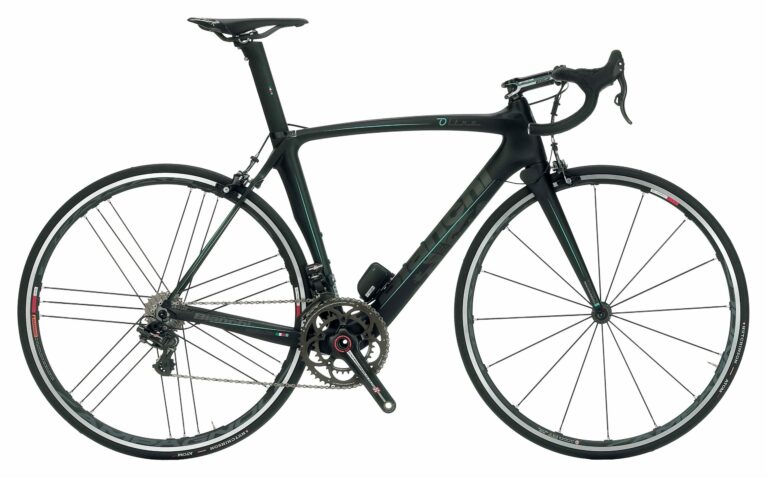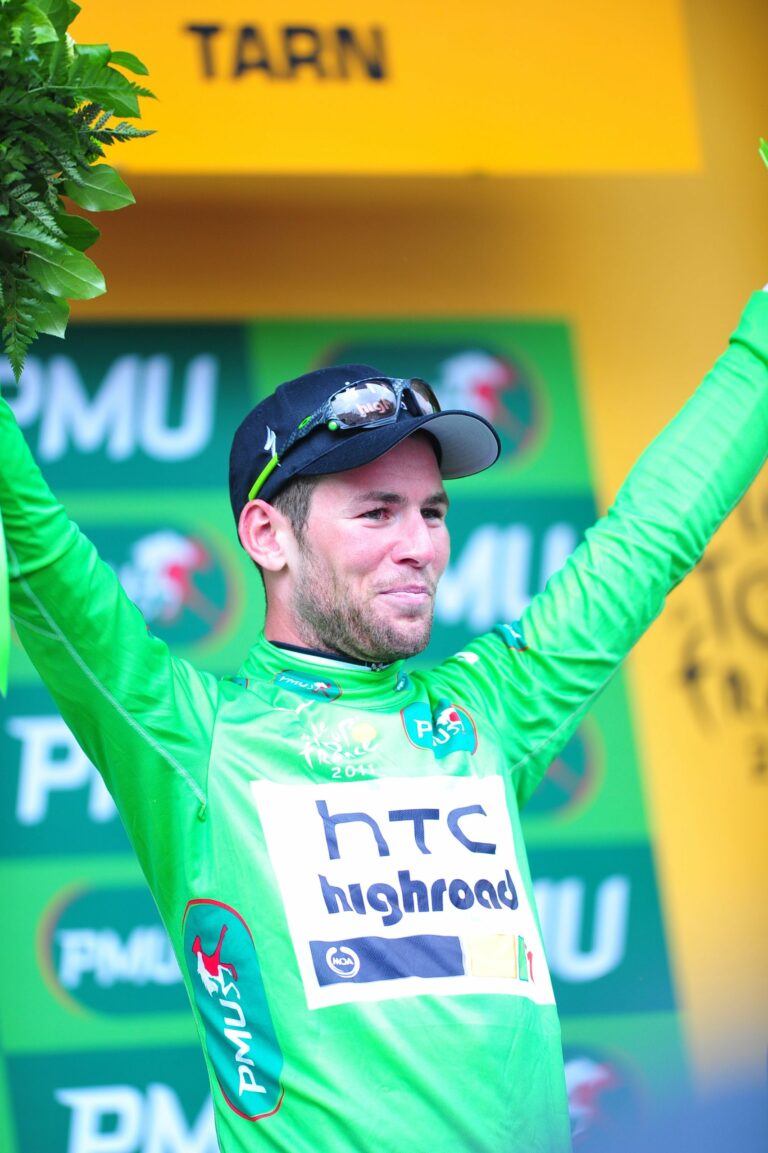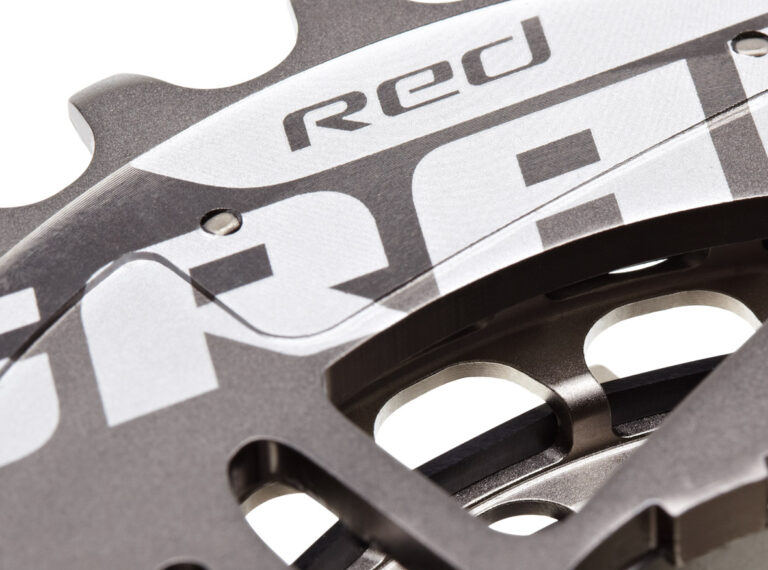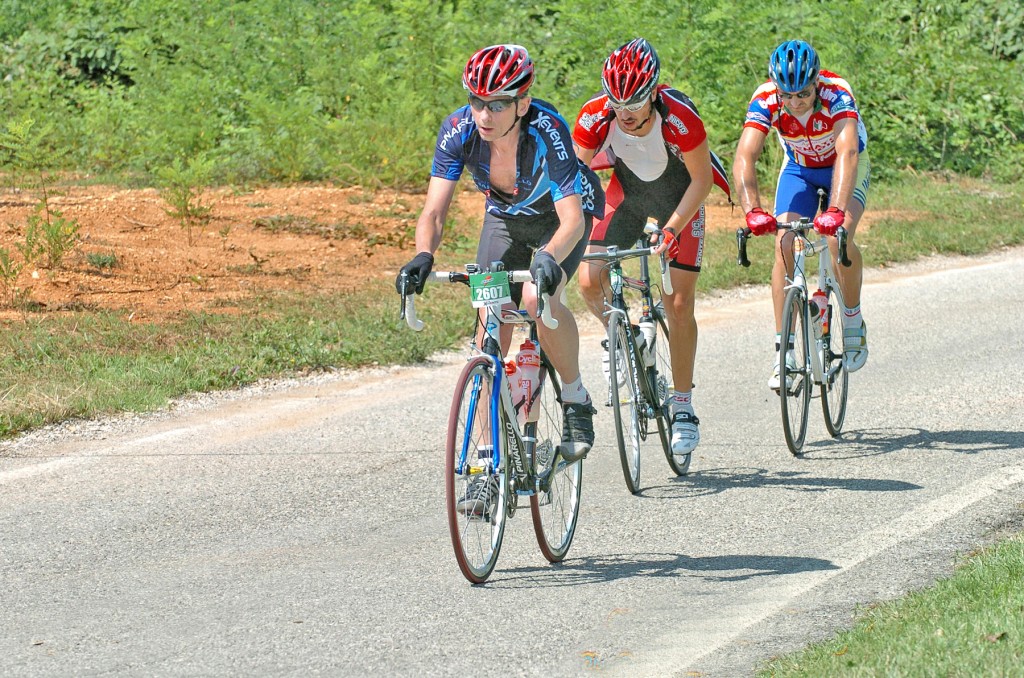
So far in this series we’ve identified four of the six components of fitness that, depending on their event, a cyclist needs to develop to a greater or lesser degree in order to be well adapted to perform in that event. We’ve looked at the implications of Aerobic Endurance, Speed, Strength and Power for cyclists, so this week we’ll complete the set by looking at the significance of Flexibility and STME (short term muscular endurance).
5: Short Term Muscular Endurance
What is it? STME is the ability to sustain a high power output for a limited period of time. If you like it’s a prolonged sprint, a very hard, sustained effort for anything over 30seconds to 2 minutes or more.
Typical events: The longer ‘sprint’ events such as BMX races and kilo races on the track are good examples of STME efforts. They are also in much longer events, the start of a cyclo-cross race or mountain bike race for example where a rider needs to get into the technical sections in a good position. On the road STME is a very important component of fitness as it’s the kind of effort required to bridge to breakaways and cover attacks. Riders might be required to make a great number of STME efforts on longer races to cover the constant ‘surges’, hard efforts of a couple of minutes where the stronger riders will try to split the pack and get rid of the weaker riders.
More competitive sportive riders who go for fast times at the sharp end of the event will also benefit from STME workouts as it allows them to stay in fast groups when the stronger riders push hard on the rolling terrain
How do I improve it? What you’re looking to do in STME training sessions is sustain a level of intensity that is above the anaerobic threshold level. So, whether you’re working with a heart rate monitor or power meter or simply with rate of perceived exertion, it’s basically an effort which is much harder than anything you could sustain for more than a couple of minutes, but not the kind of all-out sprint you could only sustain for a few seconds before falling apart.
As the term contains the words ‘muscular’ and ‘endurance’ we can get a good idea of the kind of training session used to develop this component of fitness. High amounts of force on the pedals are required (hence ‘muscular’) which in plain English means you’re going to be pushing a hard gear, so typically STME intervals are done in big gears. As stated above there is also a need to sustain the effort (hence ‘endurance’) so a simplistic way to describe an STME training session taking the elements of intensity, strength and endurance combined, would be above-lactate, threshold-intensity efforts in a hard gear for sustained periods.
So a typical session might look like this:
Warm up for 20 minutes, then do 6 x 30 second intervals at a perceived effort of 8 out of 10 in a gear half way down the block (big ring at the front). You’ll know you’ve gone hard enough if you really, REALLY feel the need to stop just before the 30 seconds is up. Recover with three minutes easy spinning between each interval. Recover with 10 minutes easy spinning after the six intervals then do another six, trying to match the intensity and the cadence.
You then progress this session week-on-week by increasing the duration of the intervals or using progressively harder gears and trying to match the cadence, thus producing more power. You could also vary the length of the intervals within the session in order to be more event specific. The duration of this kind of effort in a race is highly variable as other riders rarely telegraph how long they are going to go on the offensive.
You’ll notice here that the recovery intervals are relatively long. This is to allow sufficient time for the muscles to recover well and produce another strong contraction in the following intervals. If recovery is too short you won’t be able to do this and you’ll simply be training to improve the endurance component but not the strength.
Riders doing STME intervals with a power measuring device would simply measure the power in week one and increase it very slightly in subsequent sessions or extend the duration they hold it for.
6: Flexibility
What is it? Flexibility is the range of movement around a joint (like the hip or knee) or a collection of joints (such as the spine). It’s an often overlooked and undervalued component of fitness as it doesn’t appear to play a large role in cycling as (compared to things like gymnastics) and increasing your flexibility doesn’t lead directly to riding the bike faster. But take a closer look and you’ll see why it’s so important.
Typical events: Any sports which require that extreme positions are held for any length of time benefit from flexibility training, so a perfect example is time trialling, where a rider has to maintain the aerodynamic position, often for long periods, while trying to maintain a high power output. Also, disciplines of the sport where crashing is commonplace, such as BMX and MTB racing, demand more flexibility as it can help injury prevention and recovery. But there is a wider picture that affects all sorts of road riders and we can look at flexibility as being important in six key areas.
1: Comfort: How often have you heard of riders complain of post-ride ‘niggles’ like sore knees and lower back or neck pain? This is often down to the position on the bike rather than the exercise itself and riders with poor flexibility and muscular imbalances will suffer more than others. So, along with a professionally fitted bike, flexibility can help. You can imagine the potential problems in this area for sportive riders and longer road racers alike if chronic aches and pains constantly beset them.
2: Safety: Look at this quote from recently-crowned junior road race world champion Lucy Garner; “I think if I were an animal it would have to be an owl, just because they can turn their heads all the way round and I feel sometimes in races I could really do with seeing what’s going on behind me and when attacks are going to happen!” So you can see the obvious benefits of being flexible enough to turn and see what’s going on behind you for tactical advantage but also consider the safety element of keeping an awareness of what riders around you are doing when on a group on a sportive or road race or even just maintaining an awareness of traffic on a training ride.
3: Aerodynamics: As mentioned above, being able to maintain the most aerodynamic position becomes more important the higher up the performance chart the rider gets, and flexibility is key in this respect.
4: Efficiency: A rider’s efficiency, i.e. the amount of power they can produce for a given effort put in can be greatly compromised should lack of flexibility inhibit the range of movement.
5: Injury prevention: The range of motion that takes place in improving other components of fitness, such as strength training, can be greater than that experienced in the on bike sessions, so sufficient flexibility to allow for this is important.
6: Control: The ability to control the bike, with leaning and counter leaning and shifts in body weight, can be improved with increased flexibility.
What next?
How do I improve it? The simplest way is to start a general all-body flexibility routine with a range of stretching exercises but this is less beneficial than getting looked at by a professional sports physiotherapist who looks at your medical history and current and previous injuries and tries to optimize the relationship between you and your bike in relation to your preferred events. They’d then prescribe a programme of flexibility and core-stability exercises, which would help you develop more effective power delivery and, with luck, experience fewer injuries.
So that concludes our look at the components of fitness as they relate to cycling performance. Hopefully now you can look at your own event(s) and see to what extent each component of fitness plays a part and amend your training time to focus more on those areas that your events demand.
I should also state at this point though that, while targeting improvements in the specific components of fitness should be a major focus in any programme that fits under our ‘training for results’ banner, it’s not the only focus. Other factors are highly influential in deciding how successful you will be in your chosen discipline and these are the components of the activity such as technical, mechanical, psychological, tactical and even nutritional and organizational skills. All of these need to be addressed to some extent too when training for results and we’ll look at these in the weeks to come.
About the author:
Huw Williams is a British Cycling Level 3 road and time trial coach. He has raced on and off road all over the world and completed all the major European sportives. He has written training and fitness articles for a wide number of UK and international cycling publications and websites and as head of La Fuga Performance, coaches a number of riders from enthusiastic novices to national standard racers.
Contact: [email protected]

